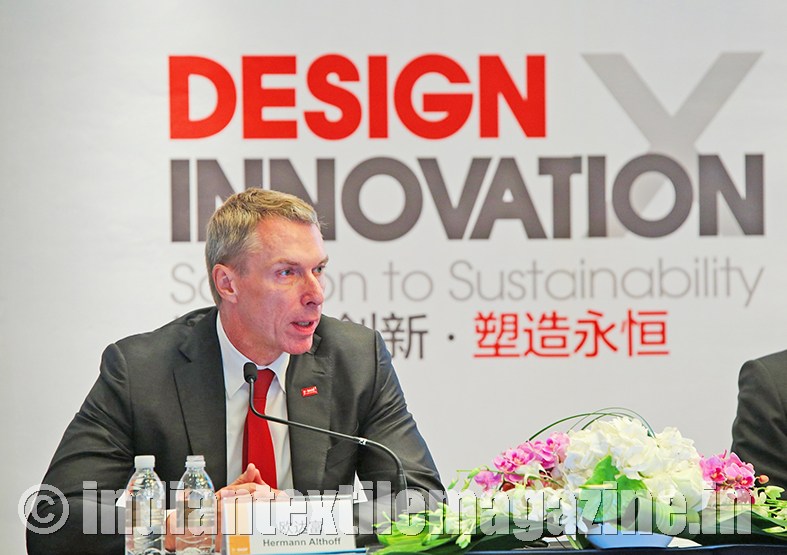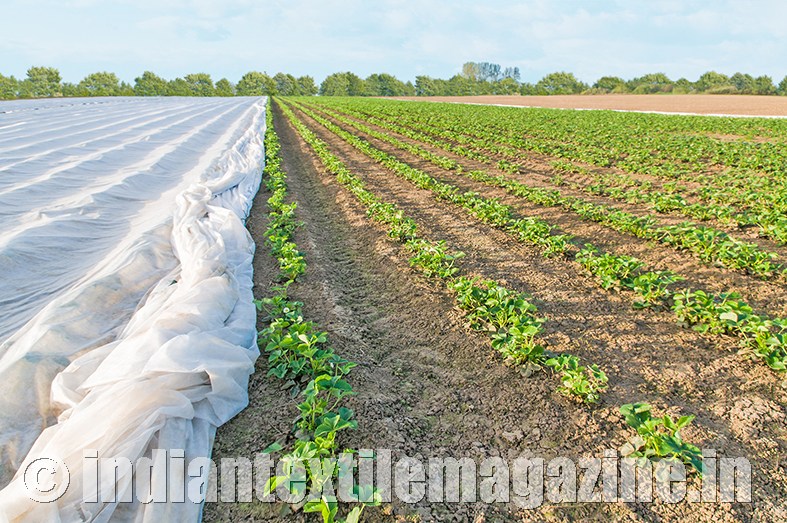BASF’s light stabilizer Chimassorb 2020 has been adopted by Ray Colors, a leading agricultural plastics masterbatch manufacturer in India, to make polypropylene (PP) non-woven fabric. This is used to cover crops, plants and vegetables to protect them from adverse weather conditions and pests.

“Light stabilizers that protect PP resin from degrading when exposed to UV light are vitally important for non-woven manufacturers,” says Hermann Althoff, Senior Vice President, Performance Chemicals Asia Pacific. “The filament of non-woven fabric is extremely thin, requiring a high molecular weight Hindered Amine Light Stabilizer with high heat stability. BASF has developed a comprehensive range of light stabilizers and UV absorbers to meet the requirements of various markets and applications.”
Exposure to sunlight can have adverse effects on the life of plastic products. In particular, ultraviolet (UV) light can initiate chemical reactions in polymers which result in discoloration and the breakdown of chemical bonds. This process results in the deterioration of physical properties such as loss of impact strength, changes in color, cracking, loss of elongation and tensile strength.
BASF’s range of light stabilizers covers UV absorbers that act by shielding the polymer from UV light, and Hindered Amine Light Stabilizer (HALS) that acts by removing the radical intermediates formed in the photo-oxidation process. In addition, BASF’s light stabilizers improve manufacturing productivity with more efficient continuous production, offering high chemical resistance and wide product stewardship compliance.
A plant is most vulnerable to virus-carrying insects and frost in the initial period after planting. Covering rows of young plants with PP non-woven fabrics is a perfect, cost-effective solution. On the one hand, it is porous so it lets out excess humidity, preventing the growth of molds; on the other hand, its pores are small enough to stop insects flying through and infecting the new plant with viruses.
To make these fabrics, PP material is spun into fine filaments and then bonded by heat without use of any binder. “Since non-woven fabrics are mainly used to protect the plant at its most critical time, any degradation or premature rupturing can cause severe damage,” says Mr. Siddharth Joshi, Director of Ray Colors. “With a stabilization technology based on Chimassorb 2020, we were able to increase the service life of the polymer and provide our customers with more durable products.”
The use of non-woven covers increases yields and improves the quality of the crops. Very light, flexible sheets are laid over seed beds, which create a microclimate in which the heat and humidity are controlled. By limiting the exposure to frost, wind, hail and pests, non-woven fabrics accelerate the growth of the plants and offer protection to the farmer as well.
